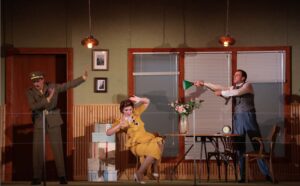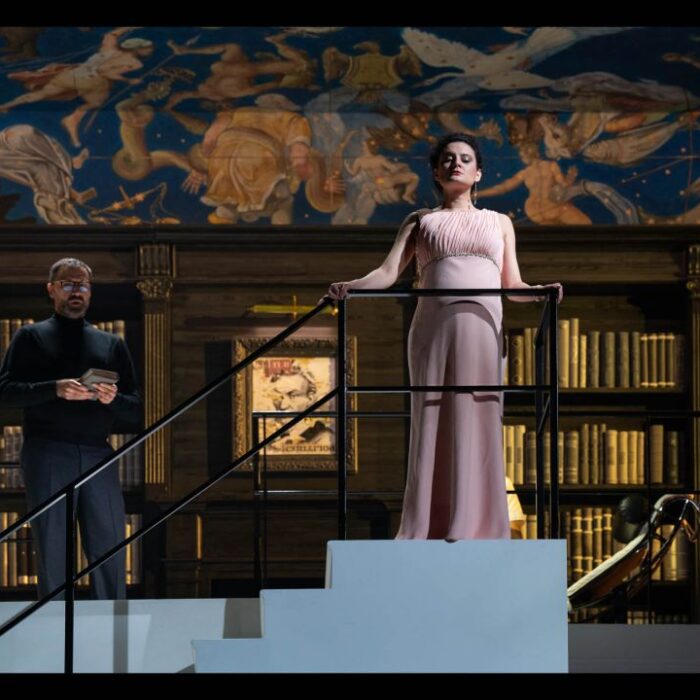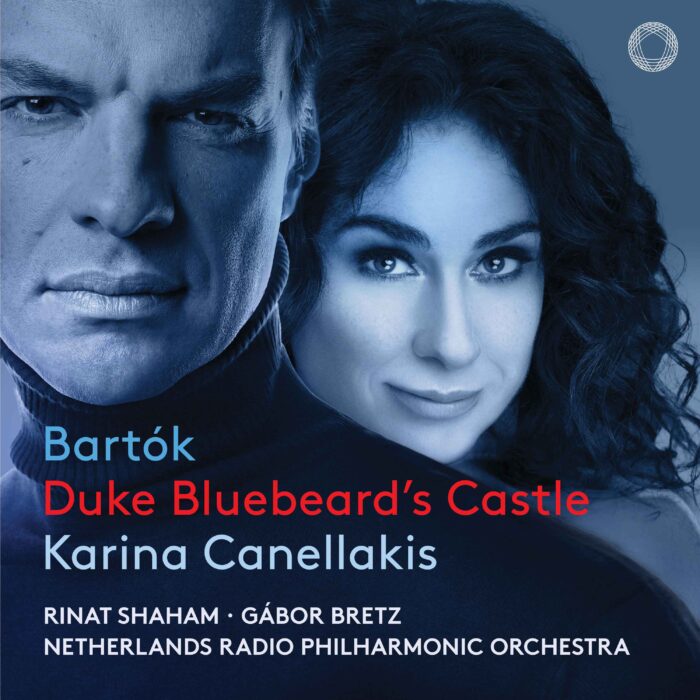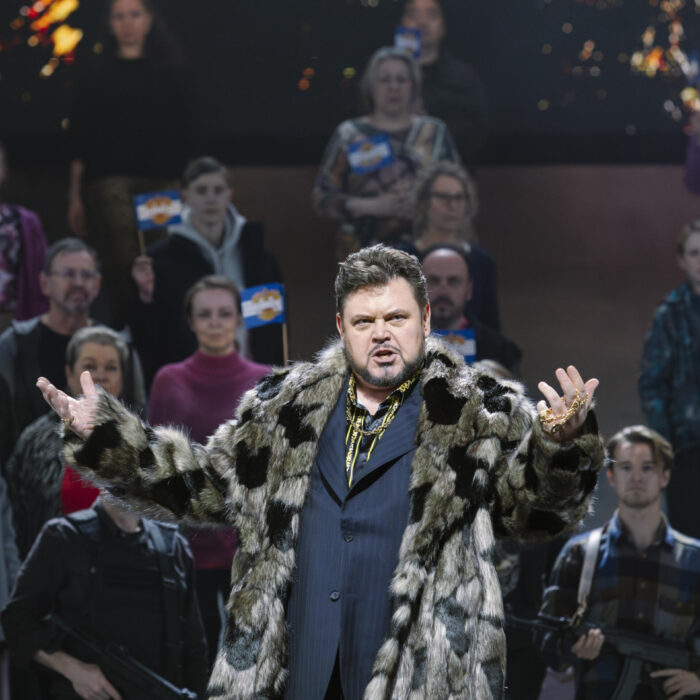
Teatro alla Scala 2024-25 Review: Il cappello di paglia di Firenze
By Bernardo Gaitan(Photo credit: Brescia & Amisano | Teatro alla Scala)
Premiering in 1851, the French comedy “Un chapeau de paille d’Italie” left an indelible mark on theater history with its witty plot, inspiring five film adaptations over the last century: three French, one German, and one Soviet. In Italy, the story was revived by Nino Rota, who transformed it into the operatic version: “Il cappello di paglia di Firenze” (The straw hat of Florence), solidifying it as one of his most celebrated works in the operatic world.
This “musical farsa”—the only Italian farce of the 20th century, according to Italian musicologist Fedele D’Amico—was co-written by Rota himself and his mother Ernesta Rota Rinaldi. The opera was their ironic response to the tragedy of World War II, as they began composing it in 1945. It was enthusiastically received by the public at its premiere on April 21, 1955, at the Teatro Massimo in Palermo; incredibly a decade after its composition.
This vibrant and hilarious comedy masterfully combines elements of commedia dell’arte with classic farcical misunderstandings, making it a perfect example of French humor. Rota’s score stands out for its eclecticism, blending elements of film music, musical theater, and clear operatic influences. The score features unmistakable nods to Verdi’s romances, Rossini’s ensembles, and Puccini’s recitatives. Rota’s inventive music is filled with easy-to-remember and playable melodies, wordplay, and highly dynamic rhythms that make the music light and bright.
The plot follows the misadventures of young Fadinard, who, on the day of his wedding to Elena, is thrown into a frantic search for a Florentine straw hat that his horse accidentally ate, setting off a series of comic mishaps and absurd situations, culminating in a happy ending.
After the summer break, Teatro alla Scala reopened its doors with the traditional production of its academy, where students of the Accademia del Teatro alla Scala took on the leading roles, both on stage and in the orchestra. The musical conduction of the project was led by Maestro Donato Renzetti, whose precise and vibrant conducting brought out an impeccable musical performance, giving young artists the confidence needed to succeed. According to the Turin-born conductor, Nino Rota’s opera only appears light-hearted, making it perfect for the Accademia’s project.
The stage direction was handled by the Italian Mario Acampa, who relocated the action to Paris in 1955, the year the opera debuted, amidst the backdrop of World War II. The actor and director made some significant alterations to the original libretto. In his interpretation, the protagonist is a cleaner working at the French hat factory, Chapellerie E. Rota & fils. The overture shows a typical day in the life of Fadinard, a man at the bottom of the social ladder, mistreated by factory workers, and finally struck by a customer. “A deadly punch causes him to hit his head, and from that moment, the dream begins. What happens during the overture is set in the dimension of reality and is my own invention,” Acampa explains in an interview published in the theater’s September magazine. After the overture ends, everything that unfolds on stage in Acampa’s version aligns with the libretto but is seen through the lens of Fadinard’s dream. The only exception is the ending, where the protagonist “wakes up” as the curtain falls.
Riccardo Sgaramella’s inventive set design featured a rotating cube, which facilitated scene changes and lent agility to the staging, allowing each face of the cube to host a different scene. Andrea Giretti’s precise lighting and Chiara Amaltea Ciarelli’s elegant costumes effectively transported the audience to the wartime period, contributing to a visually stunning production.
Italian tenor Pierluigi D’Aloia shone in the role of Fadinard, standing out for his impeccable comedic timing and his beautiful vocal color, although his high notes lacked some volume. His performance was one of the evening’s highlights. The 30-year-old singer elicited laughter in his comic scenes and received clapping ovations, second only to Renzetti by the end of the performance.
Soprano Laura Lolita Perešivana, in the role of Elena, gave a powerful and elegant vocal performance, perfectly complementing D’Aloia, especially in the duet: “Elena! Ora che siamo soli”, which could easily be mistaken for something written by Bellini. Other notable performances included Brazilian mezzo-soprano Marcela Rahal as the baroness di Champigny and Chinese soprano Fan Zhou as the shrewd and miserly modiste, both excelling in both their vocal and acting roles.
Neapolitan baritone Vito Priante as the intensely jealous Beaupertuis, Chinese bass Huanhong Li as the wealthy farmer Nonancourt, and Italian tenor Paolo Nevi as the amusingly deaf uncle Vezinet also contributed to the evening’s success. Daniel Bossi, a member of the Accademia orchestra, gave a charming performance in the small but funny role of the famous violinist Minardi: Paganini’s competitor.
The choir of the academy under the direction of Salvo Sgrò had a brilliant performance. It made people laugh every time the wedding guests appeared in the ritornello: “Tutta Parigi noi giriam, lieti e felici siam”; as well as the scene of the seamstresses dedicated to the female part: “Svelto vola, vola l’ago”.
This production was, without a doubt, a resounding success. With luck, this staging will help challenge the perception of Nino Rota as merely a composer for film, as productions like “Il cappello di paglia di Firenze” reveal the depth and originality of his operas and chamber works, which are worthy of being rediscovered by the world’s great theaters.
Categories
Reviews


